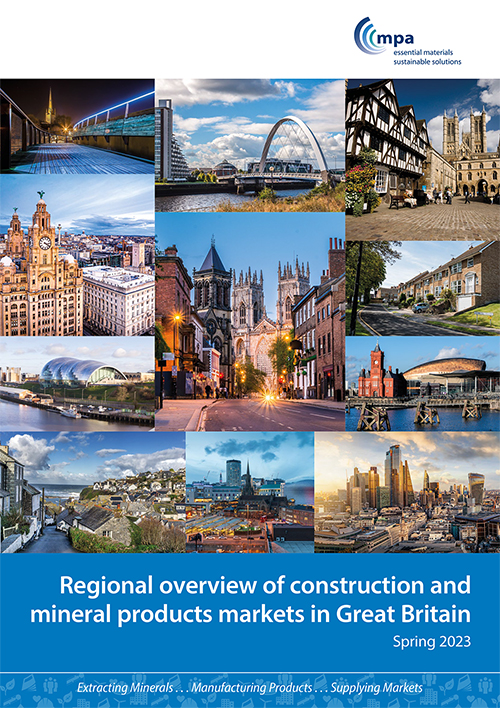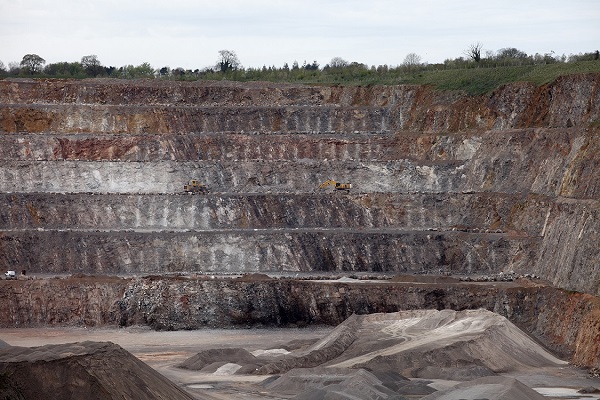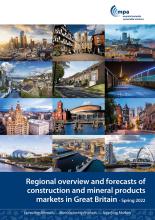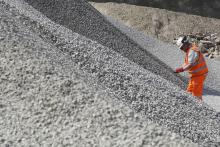
The Mineral Products Association (MPA) has published a new regional construction and mineral products markets report, giving a detailed assessment of historic, current and future trends across every region of Great Britain.

Primarily prepared to help inform and support the local mineral planning system, the annual report compiles industry data and broader context to paint a clear picture of the main drivers of activity in heavy-side construction materials and industrial minerals, an essential tool for producers and planners alike.
The report includes summaries for all regions and devolved administrations in Great Britain, illustrating the recent performance of construction and mineral products markets, with critical insight into the sectors expected to drive growth in mineral product demand over the next five years (2023-27).
While London is often regarded as the key hub of new construction projects and infrastructure, representing 21% of the total value of construction output in 2022, the report highlights that the East of England and Yorkshire and the Humber are both expected to see the fastest rate of growth (2.2%) over the next five years, led by energy-related projects.
Data on mineral product sales volumes is collected through a rigorous survey among MPA producer members, who comprise the vast majority of the total mineral products markets, including 90% of total GB market sales for primary aggregates and asphalt, for example, and 75% for ready-mixed concrete.
The report reveals that construction demand for mineral products in 2022 recorded a gradual loss in momentum as the year progressed due to a worsening macroeconomic environment and slowing activity in key construction segments. Tonnages of primary aggregate sales fell by 8.2% annually compared to 2021, asphalt by 6.5%, and ready-mixed concrete by 3.8%.
The East Midlands was the biggest asphalt and crushed rock market in 2022, accounting for 15% and 29% of total sales in Great Britain, respectively. The region also emerged as the most resilient to the downturn last year, recording the smallest falls in demand.
Meanwhile, London was the biggest demand centre for ready-mixed concrete, accounting for 19% of total sales volumes from fixed plants. Demand in London last year remained broadly flat, in contrast to the 5.5% decline recorded at a national level.

Finally, much of the sand and gravel used in Great Britain to manufacture ready-mixed concrete is produced from the West Midlands, the East of England and the South East, which together accounted for 53% of total sand and gravel sales in 2022.
Luke George, economist at MPA and author of the report, said: “This new report provides a valuable insight into the contrasting dynamics in construction and mineral products markets across the various regional and devolved administrations of Great Britain. We aim to provide a unique, easy-to-use point of reference to support MPA members, planning professionals and other industry experts in their decision-making processes. This report cuts through the overwhelming quantity of industry data that’s available and revised almost daily.”
“Minerals and the wide range of construction products that are derived from them are key elements to the successful delivery of many of the Government’s ambitious policy objectives, such as on housing and infrastructure, including achieving the energy transition and delivering Net Zero. The success of the UK economy to deliver on these objectives will depend on local mineral planning authorities and mineral producers having robust evidence around future market needs, given delivery is heavily reliant on the availability and supply of essential mineral products.”
The new report titled Regional overview and forecasts of construction and mineral products markets in Great Britain - Spring 2023 can be accessed on the MPA website.








